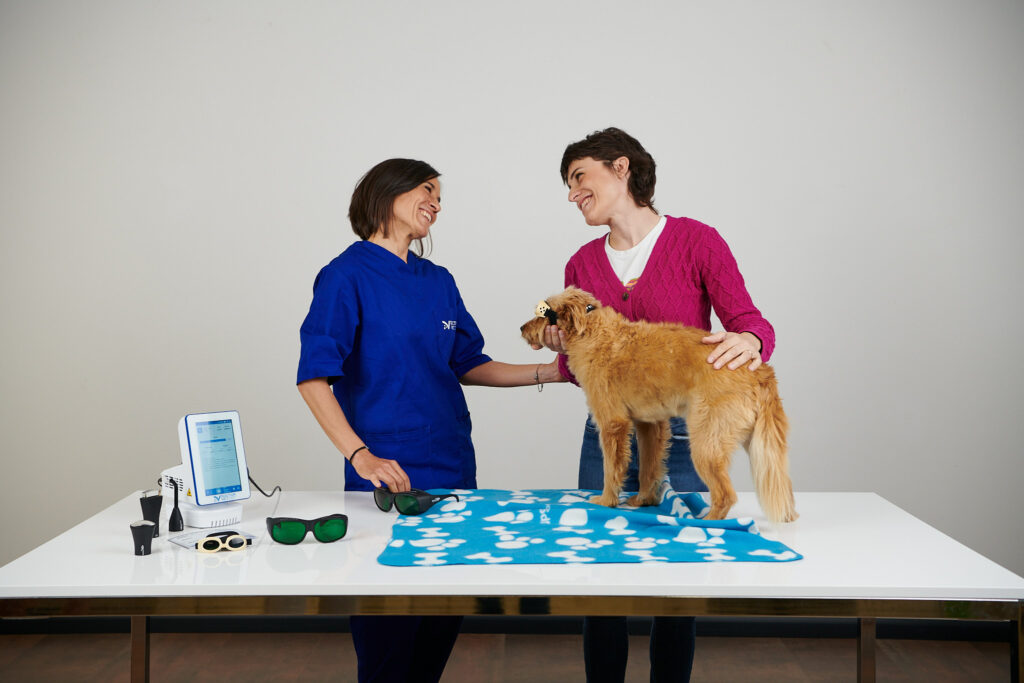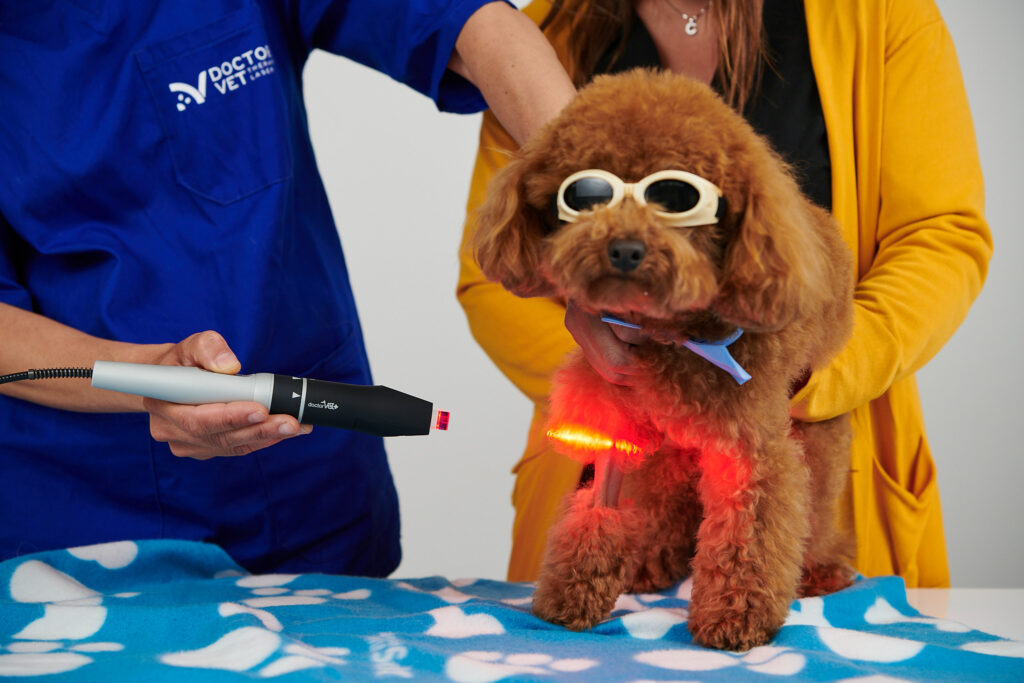This is one of the most-studied effects in laser therapy, with a large number of scientific articles supporting the benefits of photobiomodulation on the musculoskeletal system1. A wide range of problems can be treated, including orthopaedia, rehabilitation and sports medicine.
In order to achieve the results we want, it is absolutely essential to have a correct diagnosis, to understand the pathology and affected tissues, and to know the corresponding repair process. Most pathologies that affect the musculoskeletal system can benefit from laser therapy, except those stemming from a tumour.
Laser therapy has been seen to accelerate ossification, increase collagen deposits, improve the characteristics of cartilage, reduce pain in tendinitis and control inflammation, as well as improve the organisation and characteristics of collagen. It reduces postoperative pain, as well as pain caused by various mechanisms1,2,3.

Osteoarthrosis is one of the most-studied effects. This is a pathology that can affect 20% of the canine population from the age of one year onward. It is a degenerative joint disease that affects the synovial joints. It is progressive and irreversible, leading to pain, inflammation of the synovial membrane and changes in the synovial liquid, limps of varying severity (based on disease severity) and reduced joint function. Multimodal treatment is essential, including rehabilitation. The usefulness of laser therapy has been shown when applied in combination with other treatments, thereby supporting multimodal treatment. Numerous studies support the benefits of laser therapy in osteoarthrosis4,5.
Various fractures can also benefit from laser therapy6. This means laser therapy can be used on implants, while bearing in mind that treatment will be applied to the implant side or the opposite side depending on the objectives being sought.
Laser therapy becomes a therapeutic option for rheumatoid arthritis due to its role in regulating the inflammatory process7.
Given the effect of laser therapy on certain micro-organisms (although more studies are needed), it has been observed that it can be useful in the treatment of pathologies of infectious origin affecting these tissues, such as osteomyelitis8.
Other pathologies that can benefit from laser therapy are myositis and myopathies, tendon and ligament injuries9, and various pathologies in the various joints of the body whether caused by trauma or genetic or congenital issues. Depending on the therapeutic approach, whether that be with surgical or conservative treatment, the objectives sought with laser therapy may vary. However, it is a fact that many of these pathologies can benefit from the photobiomodulation effect of laser therapy.

Seeing is believing!
Book a demo now to learn how DoctorVet works!
DoctorVet has various therapeutic options for musculoskeletal injuries, offering protocols for various joints.
Depending on the condition of the patient, these protocols can be combined with those for general pain, inflammation and deep infection.
Depending on the inflammatory phase, sensitivity and pain in the patient, the sweeper treatment head can be used, the non-contact mode if necessary or the massage treatment head. The treatment schedule starts with an initial stage that may vary from 1-4 sessions/week. In chronic cases, maintenance sessions will be necessary that may vary from once every 10-15 days to once every 4-6 weeks, depending on the individual response from the patient.

Via dell’Impresa, 1
36040 Brendola (VI)
VAT 02558810244
C.R. VI 240226
© Copyright 2016-2021 LAMBDA S.p.A. | Privacy Policy